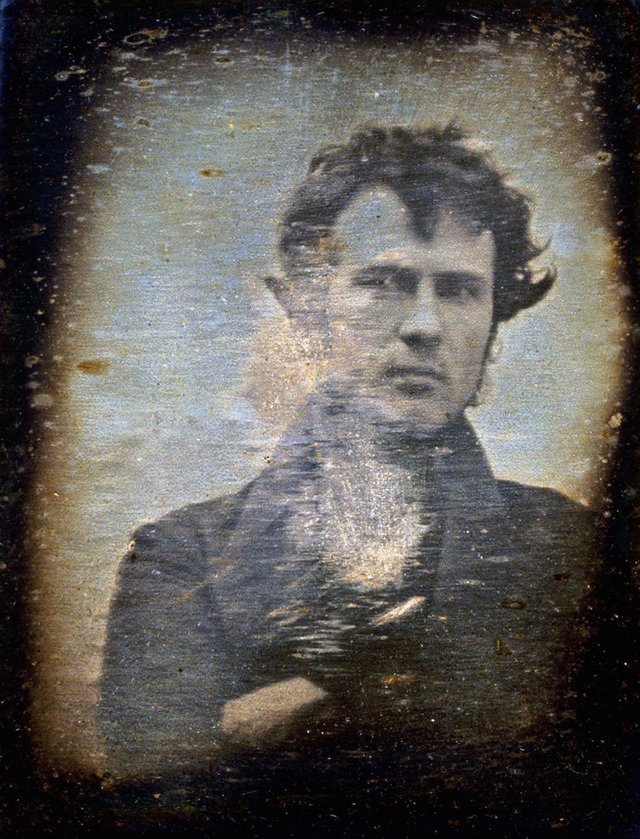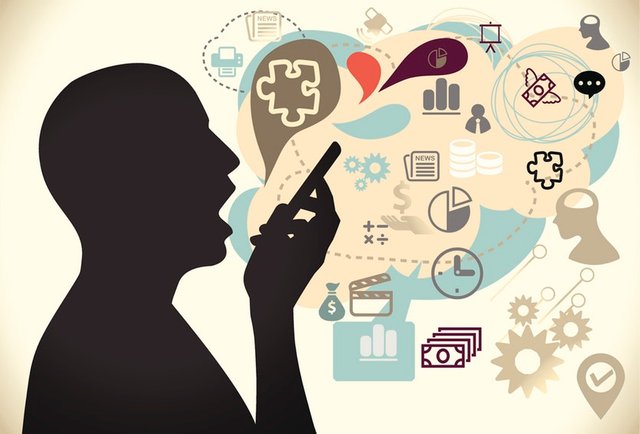Selfies and Siri | Part 3
The selfie is old news, but the iPhone camera popularized it.
Did you know that, in 2007, the so-called “dumb” phones sold by Nokia had a better camera than that of the original iPhone? It’s true and, shockingly enough, the original iPhone camera only had two megapixels, compared to the eight megapixels of the iPhone 6.
Even more interesting is that, when Apple began considering incorporating a camera, the company didn’t consider it an essential feature. Today, the camera is almost as essential as the phone itself; it’s also seriously complex. The camera module that goes into an iPhone today has over 200 parts and is considered indispensable. It has a sensor, an image-stabilization module and an image-signal processor that sharpens the image.
And that’s just the camera on one side of the phone; there’s also the selfie camera, or FaceTime camera, on the phone’s front. All in all, its technology is so complex that Apple has a separate camera division with some 800 employees, all of whom are working to improve the iPhone camera.
So what’s the deal with this selfie camera?
Well, while selfies have been around for years (more than a century actually), the iPhone selfie camera played a major role in popularizing this style of photo. Here’s the history behind the selfie:
Back in 1839, Robert Cornelius took his own picture. Technically, it wasn’t a photograph but an earlier form of image-making known as a daguerreotype. The camera he used was so slow that it must have taken him at least ten minutes to make his selfie.
Then, in 1914, a teenage Russian duchess named Anastasia Nikolaevna took her own photo in a mirror. She later shared the image with her friends and it became one of the first well-known selfies. But the term “selfie” didn’t come into popular usage until the selfie camera was added to the iPhone in 2010. This simple addition made it much easier to take your own photo, and it transformed the culture in the process.
Early versions of the AI technology used in the iPhone emerged decades ago.
Off the top of your head, do you know if it’s going to rain today? How about who invented the light bulb or where the nearest sushi restaurant is?
Well, Siri does. In 2015, this artificial intelligence gave out one billion answers a week. In 2016, that number doubled.
Because of the computer intelligence and other complex technologies behind Siri, it now assists tons of iPhone users in their daily lives. But how does it work?
Siri is parts artificial intelligence, speech-recognition software and language-user interface. Together, they transform human speech into digital language before sending it to an Apple server where another software understands the speech and translates it into written text. From there, the natural-language user interface analyzes it. When she attempts to answer your questions or fulfill your requests, Siri looks to your phone internally. If no solution can be found, she connects to the internet.
Let’s take a minute to see how this technology developed.
An early inspiration for Siri was Hearsay II, a kind of Siri prototype. This technology was developed by a young Indian researcher at Stanford named Dabbala Rajagopal Reddy.
The term “artificial intelligence” had recently been coined by John McCarthy and his colleagues in 1956. They were at Stanford as well and Reddy was drawn in by their research. That context, combined with his interest in language, pushed him toward work in speech recognition.
In the 1960s, Reddy and his team designed a system that allowed a computer to understand words. This computer was the largest device of its type at the time, and it understood around 560 words with 92-percent accuracy.
Then, during the 1970s, while at Carnegie Mellon University, Reddy continued to work on this system. He eventually turned it into a speech interface called Hearsay, which was proceeded by its successor, Hearsay II. The latter system could understand a thousand English words and it was just a matter of time before the technology was further refined to become what we now know as Siri.
(will be continued...)




Mobile phone technology has really gone a long way. Nice article
yeh and thx m8 :)
Congratulations! This post has been upvoted from the communal account, @minnowsupport, by Aki0007 from the Minnow Support Project. It's a witness project run by aggroed, ausbitbank, teamsteem, theprophet0, someguy123, neoxian, followbtcnews, and netuoso. The goal is to help Steemit grow by supporting Minnows. Please find us at the Peace, Abundance, and Liberty Network (PALnet) Discord Channel. It's a completely public and open space to all members of the Steemit community who voluntarily choose to be there.
If you would like to delegate to the Minnow Support Project you can do so by clicking on the following links: 50SP, 100SP, 250SP, 500SP, 1000SP, 5000SP.
Be sure to leave at least 50SP undelegated on your account.
You got a 15.81% upvote from @votebuster courtesy of @aki0007!